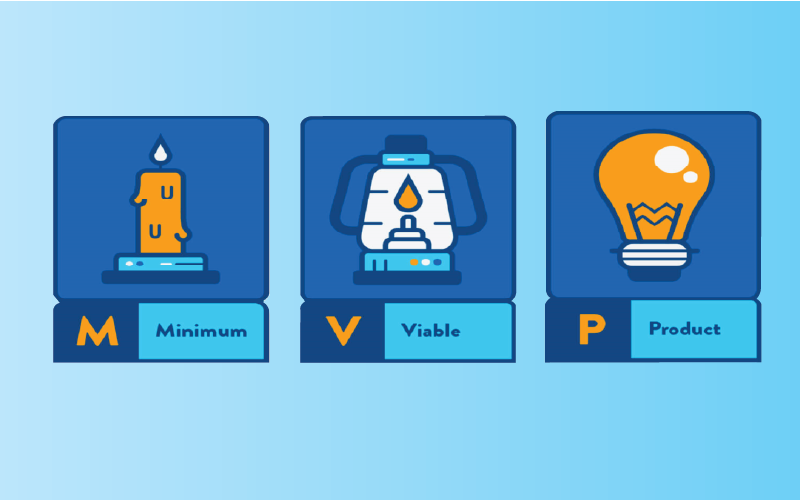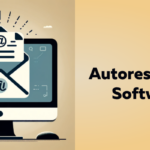What is a Minimum Viable Product?
A Minimum Viable Product can be a product with just enough features to provide feedback from early customers. It can also be used to entice investors. It enables companies to gather customer feedback and test their sales. This builds a business that is poised to grow consistently, which means it can make informed decisions about future investments. Fast-food companies also launch MVPs. For example, they might release a new product internally before releasing it to the public. However, MVPs of consumer products are usually only released to an exclusive audience and are not available to the general public. Consumer software MVPs also initially release to only a small part of the world, with the intent of eventually optimizing the product further.
Types of MVP
There are several types of Minimum Viable Products (MVPs), including:
- The Concierge MVP: This type of MVP involves manually performing the core functionality of the product for early customers to test and provide feedback.
- The Wizard of Oz MVP: This type of MVP involves creating a simulated version of the product that appears to be fully functional, but is actually being manually controlled behind the scenes.
- The Smoke Test MVP: This type of MVP involves creating a landing page or simple website to gauge interest in a product idea before investing time and resources into building it.
- The Piecemeal MVP: This type of MVP involves building and launching the core functionality of a product in stages, with each stage providing valuable feedback for the next stage of development.
- The Concurrent MVP: This type of MVP involves working on multiple versions of the product simultaneously, testing each version with a different set of users, and then using the feedback to improve the final product.
It’s important to note that choosing the right MVP depends on the specific product and the goals of the company.
How to build a Minimum Viable Product?
Building a Minimum Viable Product (MVP) involves several steps:
- Identify the problem or need that your product will solve.
- Conduct market research to understand your target audience and their pain points.
- Define the core features of your product that will address the problem or need identifying in step 1.
- Prioritize the features and decide which ones are essential to include in the MVP.
- Build the MVP using the essential features identified in step 4.
- Test the MVP with a small group of target users to gather feedback and make improvements.
- Repeat steps 5 and 6 until the MVP is fully functional and meets the needs of the target audience.
- Launch the MVP to a larger group of users and continue to gather feedback and make improvements.
It’s important to remember that an MVP is a minimum viable product, not a minimum product, so be sure to include only the essential features and functionalities that are needed to solve the problem or need and to gather meaningful feedback from early adopters.
How to prioritize MVP features?
When prioritizing MVP (Minimum Viable Product) features, it’s important to consider the following factors:
- Customer needs and pain points: Identify the features that will address the needs and pain points of your target customers. These should be the top priority.
- Competitive advantage: Look for features that will set your product apart from competitors and give you a competitive edge.
- Technical feasibility: Consider the technical feasibility of each feature and prioritize those that are easiest to implement.
- Time and budget constraints: Prioritize features based on the time and budget available for MVP development.
- Feedback from potential customers: Get feedback from potential customers about which features are most important to them.
By considering these factors, you can prioritize the features that will have the greatest impact on the success of your MVP and ensure that you are delivering the most value to your customers in the shortest amount of time.
Benefits of minimum viable products
Minimum viable products (MVPs) have several benefits, including:
- They allow for early validation of product assumptions: By releasing a minimal version of a product, companies can gather feedback from users and make necessary adjustments before investing a lot of resources into development.
- They can reduce development costs: By only building the bare minimum necessary for a product, companies can avoid wasting resources on features that may not be necessary or useful.
- They allow for faster time-to-market: An MVP can be developed and launched quickly, which allows a company to start generating revenue and gathering feedback sooner.
- They can help to identify product-market fit: MVPs can help to identify the features that users find most valuable, which can inform future product development.
- They can be a way to test the market: MVPs can be used to gauge the level of demand for a product in a specific market, which can help to inform future product development and marketing efforts.
Examples of a Minimum Viable Product
There are many examples of minimum viable products (MVPs) across various industries. Here are a few examples:
- Dropbox: The first MVP of Dropbox was a simple video demo that explained the concept of the service and how it worked. The company then used this MVP to gather feedback and gauge interest before building out the full product.
- Airbnb: The original MVP of Airbnb was a simple website that allowed users to list their spare rooms for rent. The company then used this MVP to gather feedback and gauge interest before building out the full product.
- Uber: The MVP of Uber was a simple app that allowed users to request a ride from a pre-approved list of drivers. The company then used this MVP to gather feedback and gauge interest before building out the full product.
- Zappos: The MVP of Zappos was a simple website that allowed users to purchase shoes online. The company then used this MVP to gather feedback and gauge interest before building out the full product.
- Groupon: The MVP of Groupon was a simple email newsletter that featured a daily deal. The company then used this MVP to gather feedback and gauge interest before building out the full product.
These are a few examples, MVPs can be developed for various products and services, they can be software, mobile app, hardware, and even physical product. The key is to validate the assumptions and test the product before investing a lot of resources into development.
Should you outsource the creation of your MVP?
It depends on the specific circumstances of your project. Outsourcing the creation of an MVP can be a cost-effective way to quickly get a minimum viable product to market, but it also comes with some risks. For example, if you outsource the development of your MVP, you may not have as much control over the product’s design or development process. Additionally, there may be cultural or language barriers that make communication and collaboration more difficult. Ultimately, whether or not you should outsource the creation of your Minimum Viable Product will depend on your specific goals, budget, and resources.
















